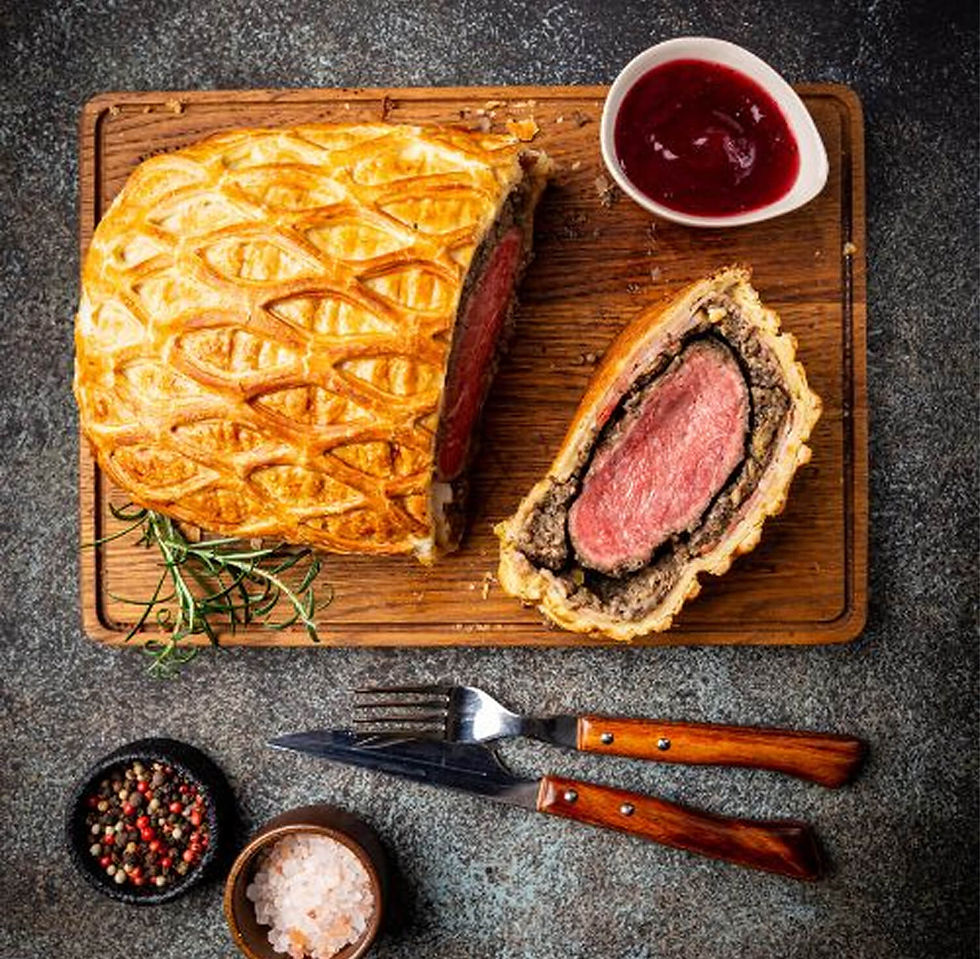
As fall approaches, one of my favorite things about farmers markets is the aroma of roasting chile peppers. It charms the air with the fragrance of Old Mexico. But just how hot are those peppers? When selecting peppers to take home, you might want to consider their rating on the Scoville scale. In 1912, Wilber Scoville, a chemist working for the Parke-Davis pharmaceutical company, developed a method to measure the heat of chile peppers. Scoville would blend pure ground chiles with sugar water and then a panel of “testers” sipped the solution in increasingly diluted concentrations until the liquid no longer burned their mouths. The “testers” would assign a number to each ground pepper solution based on the number of times it had to be diluted before they could no longer feel any heat.
Today, Scoville’s test has been upgraded to a more scientific and accurate method called liquid chromatography. This procedure measures the capsaicin levels in peppers—the substance that gives chile peppers their heat.
Although the heat of any variety of chile peppers can fluctuate due to variations in growing conditions, soil and weather, the following ratings are general guidelines for measuring temperatures:
Sweet Bell Peppers zero Pimento zero Cherry zero to 500 Anaheim 500 to 2,500 Poblano 1,000 to 2,000 Ancho 1,000 to 2,000 Pasilla 1,000 to 2,000 Jalapeño 2,500 to 8,000 Hot Wax 5,000 to 10,000 Serrano 8,000 to 22,000 Cayenne 30,000 to 50,000 Thai 50,000 to 100,000 Habanero 150,000 to 575,000
One of my favorite ways to use roasted peppers from the market is Chile Relleños. My recipe follows.
Chile Relleños Serves 4
You can serve your chile relleños with chipotle cream sauce or smother them with green chile. Both recipes follow. Don’t worry too much if your chile relleños are not picture perfect. You can hide any flaws with sauce and melted shredded cheese.
8 fresh long green chiles, roasted and peeled (I prefer using poblanos.) 8 ounces Monterey Jack cheese, shredded 8 eggs, separated 1 cup flour Salt to taste Large grind black pepper to taste Vegetable oil for frying
Near the stem end, slit roasted chiles partially down one side, being careful to make only one slit. Make the slit large enough to only allow room to fill roasted chiles with cheese. Fill chiles with shredded Monterey Jack cheese.
Using a hand mixer, beat egg whites until stiff. Beat egg yolks until very light. Add yolks to whites, beating constantly.
Place flour on a plate and season to taste with salt and pepper to taste. Dredge chiles in flour, then dip into the egg mixture. In a large skillet, fry two at a time over medium-high heat in ½-inch hot vegetable oil until golden. Turn once, browning both sides.
Preheat the broiler. Place cooked chile relleños on a plate and smother with green chile or chipotle cream sauce. Sprinkle with ¼ cup shredded Cheddar cheese. Place under the broiler until cheese is melted and slightly browned. Garnish with desired garnishes. Serve with Mexican rice and beans.
Smother with:
Green Chile or Chipotle Cream Sauce 2 cups Cheddar cheese, shredded
Garnish with: Diced tomatoes Shredded lettuce Sliced, pickled jalapeño peppers Sour cream Guacamole Grated queso Minced cilantro
For the green chile:
It’s fun to purchase a roasted chile from the market and substitute it for the canned version in this recipe. If you do this, use at least ¾ of a cup.
2 tablespoons vegetable oil 2 pounds boneless pork chops, cut into bite-size pieces 4 tablespoons flour 2 cans (14.5 ounces) Kroger® fire-roasted salsa style tomatoes 2 cans (14.5 ounces) water ¾ cup white onion, chopped 1 can (4 ounces) chopped green chiles 1 teaspoon minced garlic or to taste ½ teaspoon cumin Salt to taste Large grind black pepper to taste
In a large kettle, heat vegetable oil over medium-high heat. Add bite-size pieces of pork and sauté until brown. Add flour, one tablespoon at a time, and continue to brown pork, stirring constantly, for 3 to 4 minutes. Add tomatoes to the kettle. Fill the peeled tomato cans (14.5 ounces) with water and add water to the kettle, along with onion, green chiles, garlic, and cumin. Season with salt and pepper to taste. Cover and simmer for at least 1 hour. The longer this chile cooks, the better the flavor.
For the chipotle cream sauce:
6 Campari tomatoes ¼ red onion, chopped ¼ red bell pepper, cored, seeded, and chopped Salt to taste Large grind black pepper to taste Extra virgin olive oil for drizzling 1 cup Mexican crema 2 chipotle chile peppers in adobo sauce, minced 2 tablespoons adobo sauce 2 teaspoons garlic, minced ½ teaspoon salt Preheat the oven to 400 degrees F. In a baking dish, place tomatoes, onion, and bell pepper. Sprinkle with salt and pepper and drizzle with olive oil. Bake for 20 to 25 minutes or until onions are soft and tomatoes split from their peel.
Place the tomato mixture into a food processor and blend until smooth.
In a medium saucepan, place Mexican cream, chipotle chiles, adobo sauce, garlic, and salt over a medium heat. Add the tomato mixture. Heat until thickened, about 10 minutes. Set aside until ready to use.
To roast your own peppers: Grilling gives peppers a mellow, smoky flavor. They can be roasted by broiling them in the oven or browning them on a grill. The skin must be blackened before it can be peeled off. After grilling or broiling, place peppers in a brown bag to steam; this helps loosen the skin.
Shopping: Select firm, plump chiles with shiny skin and a fresh smell. Do not buy wrinkled or soft chiles. Also, if the skin is mushy towards the stem end, or if the skin is soft or brown, the chile will be inferior.
Storing: When placed in plastic bags in the vegetable crisper of your refrigerator, chile peppers should keep up to 1 week.
Cooking tip: It’s a good idea to wear gloves when handling chile peppers that rank high on the Scoville scale. Once your hands have been in touch with hot peppers, do not touch delicate parts of your body, like your lips, eyes, or face. I learned this lesson the hard way.
Carol Ann
Carol Ann Kates is the award-winning author of cookbook, Secret Recipes from the Corner Market and Grocery Shopping Secrets. She’s an expert in how to shop, select, and store produce for maximizing home cooking outcomes and minimizing time and money spent. As a former supermarket and deli operator, Carol Ann shares grocery-insider wisdom—the same expertise you used to receive when patronizing a mom-and-pop establishment. Contact her at CarolAnn@CarolAnnKates.com and explore her website, www.CarolAnnKates.com.
Copyright 2022 All Rights Reserved Carol Ann Kates






Comments